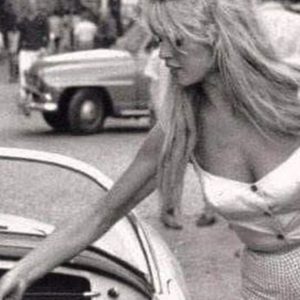Some house owners can end up being so attached to their properties that they never leave them – even if they were offered millions to sell. Such was the case with a remarkable family living in one of the most expensive cities in the world when it comes to housing.
Sydney, Australia, is known for its high cost of living, and housing is no exception. The city’s housing market is one of the most expensive in the world, with average home prices reaching well over AUD$1 million (about $692,000). This makes it difficult for many, particularly young people and low-income families, to afford a place to live. The high demand for housing, coupled with limited land availability, has driven up prices, making it a challenge for people to find affordable housing.
The Zammit family living in the city’s west didn’t have this problem: they own a 4.9-acre strip of land on which sits their two-story mansion. However, what sets the property apart is where it is located – smack dab in the middle of a new, high-density housing development with row upon row of identical mid-sized houses.
An aerial view of the home made it look even more spectacular. The house stands in the middle of the long strip of land flanked in the back and front by a lush green lawn. A 200-meter-long driveway that cuts through the grass and leads straight to the front door gave the property an almost regal, castle-esque look. The greenery stood out even more when contrasted with the surrounding rows of squeezed-together houses topped with identical gray roofs.
Since 2012, the developers of the new housing estate scooped up blocks of land surrounding the Zammit house for AUD$239 (about $165) per square meter, but why did the Zammits not cash out?

The term “nail houses” began as a phenomenon in China in which individuals refused to sell their homes despite pressure from developers and the government to do so. They are often the last remaining structures in an area slated for redevelopment. These homes have become symbols of resistance and individual rights in the face of rapid urbanization and redevelopment and can be seen in countries outside of China, such as the Edith Macefield house in Seattle. This has resulted in some homes standing in the middle of newly constructed high-rise buildings or roads, giving them a distinctive and often poignant appearance.
The Zammits, meanwhile, are keeping mum on their reasons for staying put. However, mother Diane Zammit, told the Daily Mail they loved the area when they bought the property in 2006.
“It used to be farmland dotted with little red brick homes and cottages. Every home was unique and there was so much space – but not any more. It’s just not the same,” she said.
Experts estimated the value of their property at close to AUD$50 million (about $34.6 million) and that 40 million-dollar houses could fit in that space.
Meanwhile, the Zammits’ neighbors said while the family is quite private, they are still polite. “I will wave to them when I see them outside and they always wave back, but I don’t really speak to them,” one neighbor said.
The neighbor added they were fine with the Zammits staying put.
“I’m very happy they’ve refused to sell – it means we have a cul-de-sac which is much safer for our kids – and their big lawn next to us makes it feel like we’ve got so much space. Our neighbors don’t get that because the other houses are so close together. We’re very grateful! I hope they stay.”
What do you think of the Zammits’ decision to keep their property? Would you do the same? Let us know your thoughts and be sure to pass this along to friends and family, too.









